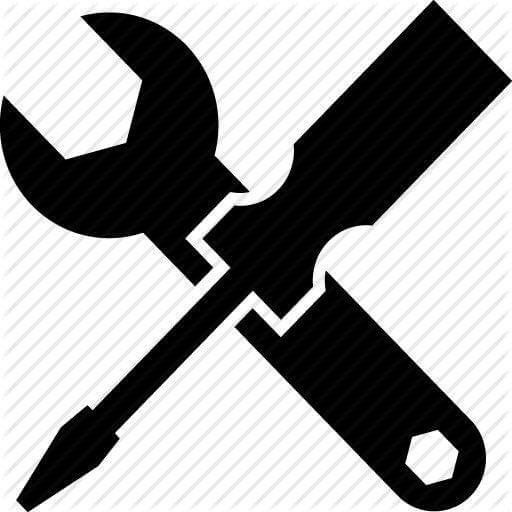Grouphead And Wands Maintenance Service for Espresso Machine (Semi-professional range)
$349
Covers grouphead and wands
Do you know?
Regular servicing greatly improves the reliability and longevity of the machine in the long run. Often, critical issues could be identified before the problem gets bigger which results in very expensive rectifications.
It typically takes a technician at least 4-12 manhours to complete.
Service is currently available to Singapore and machines purchased from us or our authorised agents only. We are unable to service machines from grey imports or machines purchased from overseas due to homologation, availability of spares, technical conditions & other limitations. We are also unable to provide support for modified machines or machines serviced by unauthorised technicians which may result in more damage. Maintenance will require a turnover of a few working days and is based on a first come first serve basis.
Delivered in 2-3 working days.
What’s covered in the grouphead and wand maintenance service?
Grouphead maintenance will cover the front part of the machine, on the grouphead and the wands where there are exposed to the most wear and tear.
1. Replacement of grouphead gasket
The gasket that takes the most damage from wear and tear. Serve to secure a seal between the machine and the portafilter.
2. Replacement of shower screen
Water disperses from the shower screen to the coffee. If grouphead flushing wasn’t done diligently, rancid oil from the remnants may pass on to the next cup and cause an uneven distribution of water.
3. Cleaning grouphead sprayer. (If available)
Only applicable for the BZ grouphead. The part where water gets distributed evenly to the coffee bed.
4. Replacement of steam wand seals
Over time, the steam wand may become stiff and the friction cause damage to the gaskets, resulting in water leakage.
5. Lubricating of steam and water wand
All lubrication will be done with a higher grade lubricant, used by the factory from Bezzera. If the lubricant wears off, it makes the wand stiff in moving and can loosen the entire steam wand from the machine.
6. Replacement of cams, gears and gaskets in the grouphead
This is the internal of the grouphead that may get worn off from usage. These are mostly associated to the E61 grouphead. The main reason why they cost a lot more in parts and labor. They normally take 3x longer to service.
7. Basic inspection
A visual check on some of the commonly worn parts and advice on replacement if necessary. Do note that we are unable to predict the longevity or status of every component and inspect the interior of the boiler and tubes.
Grouphead maintenance service does not include any repairs or maintenance in the main body of the machine where the boiler and most components are located. Polishing is not included but we will perform some basic cleaning inside the grouphead. During maintenance, we may inspect and provide advice on parts replacement. We are unable to examine the interior of the tubing and boiler.
The following are NOT included.
Parts can be replaced based on our recommendation during an inspection, with prices varying by model. Additionally, we offer a 20% discount on component replacements when performed alongside grouphead and wand servicing.
Please be aware that our technicians cannot visually inspect the internal condition of the machine, making assessments not entirely accurate. We may still suggest replacing certain components that appear functional. Replacement is more frequently necessary under conditions such as:
- Use with untreated, unsoftened water, or worse, mineral water.
- Continuous operation of the machine 24/7.
- Extended backflushing sessions with machines equipped with vibration pumps.
- Locations with power supplies prone to surges.
The most common cause of machine failure is limescale accumulation. For more information on mitigating this issue, please refer to our article on water softening.
Below are additional tune-up services available upon request.
Replacement of power relay (Recommended)
If your machine has a tic-tac sound while it’s on standby, it’s coming from this switch. This component does a lot of work whenever the machine is on.
Models that will need to replace this part more frequently are machines without PID digital temperature control.
Replacement of Pressurestat
This is the pressure sensor. If you hear a tic-tac sound every 1-2 minutes after the machine fully heat up, your machine is using a pressurestat. This is normally found in machines without a PID digital temperature control.
Replacement of vacuum relief valve
This part is located on top of the boiler, it bleeds out air from the boiler when the machine cools. It’s not connected to any electronics but it is one of the easiest parts to cause issues from limescale. It’s normally damaged by limescale or the gasket in it has snapped.
Replacement of pump
For machines that use a vibration pump, the typical lifespan is around 5 to 7 years.
Vibration pumps can fail for various reasons, the most common reason is due to overloading. Vibration pumps used in the Bezzera has a duty cycle of 2:1. Meaning for every 2 minutes of work, it has to rest for 1 minute.
Sometimes users extract for too long or flush very extensively, which could cause premature failure.
If the machine is using a rotary pump, they are not limited by duty cycle but Rotary pumps may get damaged if they run dry without water passing or limescale formation.
Replacement of water level probes
The sensors positioned atop the boiler monitor the internal water level. Machines utilizing unsoftened water are susceptible to limescale accumulation on these sensors, potentially causing significant damage to the heating element and pump, among other components. Due to their affordability, replacement of these sensors is advised upon detection of limescale.
Replacement of overpressure valve
The valve act as a safety to keep brew pressure below 13 bars.
Replacement of PID
Your machine is equipped with a PID if it features a digital temperature controller.
The PID consists of several electronic components, including the temperature probe, the display, and the control module. These components typically fail due to moisture, electrical issues, or overheating. Overheating may result from setting the temperature too high or inadequate ventilation of the machine.
Replacement of solenoid
Solenoids are electromagnetic switches, connected to a valve to control the flow of water. Most machines have at least 1 solenoid. Limescale formed from minerals in the water may jam the solenoid. The switch which is an electronic, could also be damaged by moisture or electricity.
Replacement of heating element
Machines that do not use softened water may cause limescale to form around the heating element. Leading to heating and functionality issues. Limescale sticking on the heating element could also cause hot spots which burn out the component. This component can also be damaged by power surge, or from other defective components. We will usually replace this part with the power relay.
Replacement of level controller
The main coordinator for all the functions. Normally damaged by unstable power supplies, component failure or moisture.
Replacement of brew or boiler gauges
This allows you to read the status of your boiler and brew pressure. They are normally damaged from limescale buildup. Since they only serve to provide a reading, replacement is often optional.
Capillary hoses to the brew/boiler gauges
These hoses are very narrow and are easily clogged by limescale.
Replacement of Safety Valve
One of the safety precautions for the espresso machine. Releases excess steam when the pressure exceeds safe values. The safety valve normally lasts for a long time. It’s totally mechanical and located at the top of the boiler.
Servicing of flow control
Mainly found in Bezzera Aria with TOP PID. The flow control allows the manipulation of pressure during extractions.
Replacement of switches and switch protectors
Usually damaged by moisture or corrosion.
Replacement of rubber feets
Usually damaged by overheating from poor ventilation or setting the temperature too high.
Descaling
Descaling should be the last resort and it may not to clear all types of limescale with the usual food grade descalers. It’s not unusual for problems to arise or components to fail after descaling.
The cause of most major issues comes from using water that had not been softened adequately. This is the same for any types of coffee machines, except that semi-professional machines are designed to be serviceable. Users who diligently soften the water can expect their machines to last much longer before any repairs or maintenance required. To know more about water softening, please refer to the following page. Water softening
Also, it’s important to understand that the maintenance service should not be taken as a way to request a repair for any existing issues. A repair service will require more troubleshooting and investigation of the water circuitry and electrical network.
When should I do maintenance?
It’s impossible to accurately gauge when is maintenance required as it depends on the usage, cleaning habits from the user, and the water condition.
Commercial environment
Like your commercial ovens, dishwashers and filtration systems. You are recommended to do a servicing every 6 months to maintain your machine at its most optimal condition. During the maintenance, we will do a brief checkup on the internals which will increase the reliability and reduce your downtime during operation.
Office or showroom environment
If the machine is used heavily and is mission-critical. Or if you are aware that the machine was not maintained adequately. We will recommend that you send for servicing once every 6 months.
Otherwise, we will recommend sending in the machine at least once every 2 years.
Home environment
Home users can purchase the gaskets and service the group or wand gaskets on their own. For users who make less than 5 cups a days, we will recommend sending in the machine once every 3 to 5 years.
Overall, we recommend maintenance to be done once at least once every 3 years or after 3000 extractions, whichever first. It is possible that your machine can last for decades under proper care.
Like any coffee machines, users should do preventive measures like grouphead flushing for E61/BZ machines and use softened water for all types of espresso machines. Regular descaling should be done if a softener is not used. Mineral water should never be used as minerals will form solids that will clog the system. If you wish to use a direct water supply, please attach a water softener before connecting to the coffee machine. Do note that not all water filters soften, check with your vendor for more information on its softening capability.
How long will it take to finish the maintenance?
Depending on the severity or any additional jobs required, it typically takes 4 to 8 hours just to replace all the small components.
Food grade sealant, which is the type of glue applied to pipe connections to prevent leaks will take a full day to strengthen and cure. Followed by pressure, heat tests and other observations. Reapplication of the food-grade sealant may be required again.
The technician is also unable to work on pressurised and hot machines, thus periods of cooling time are required. As such, maintenance is impossible to be completed in a day and can’t be hastened.
A job well done will take at least 3 working days to fully complete.
Do note that maintenance is based on first come first serve, thus a further waiting time might be required.
We will recommend clients schedule maintenance before the peak seasons, especially Christmas and Chinese New Year.
Below are some photos of poorly maintained espresso machines used in Singapore
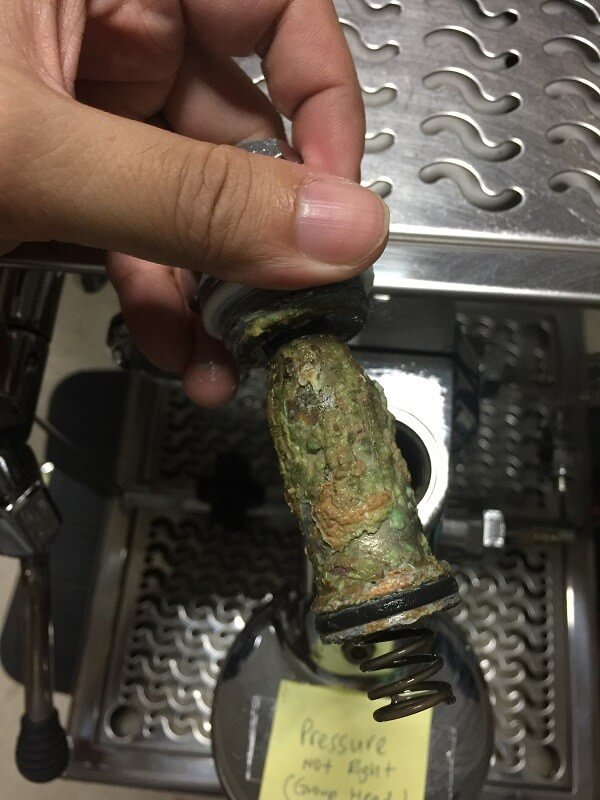
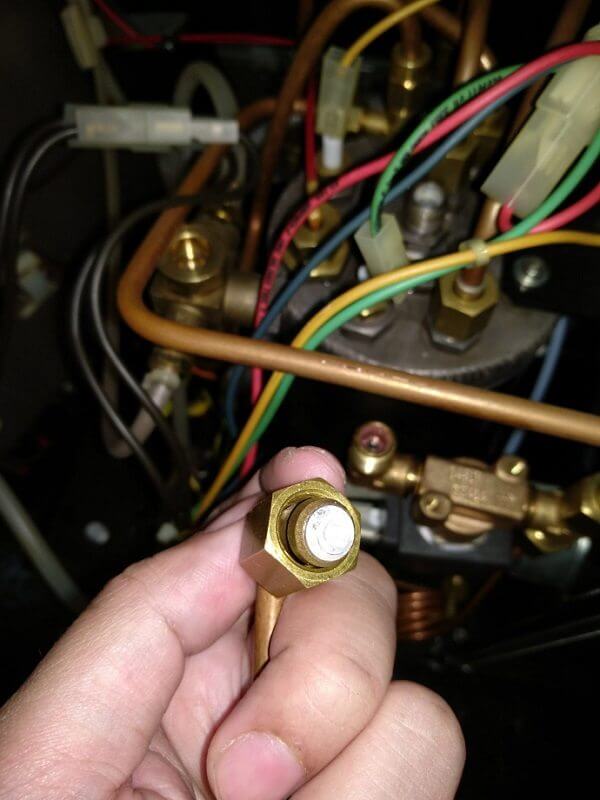
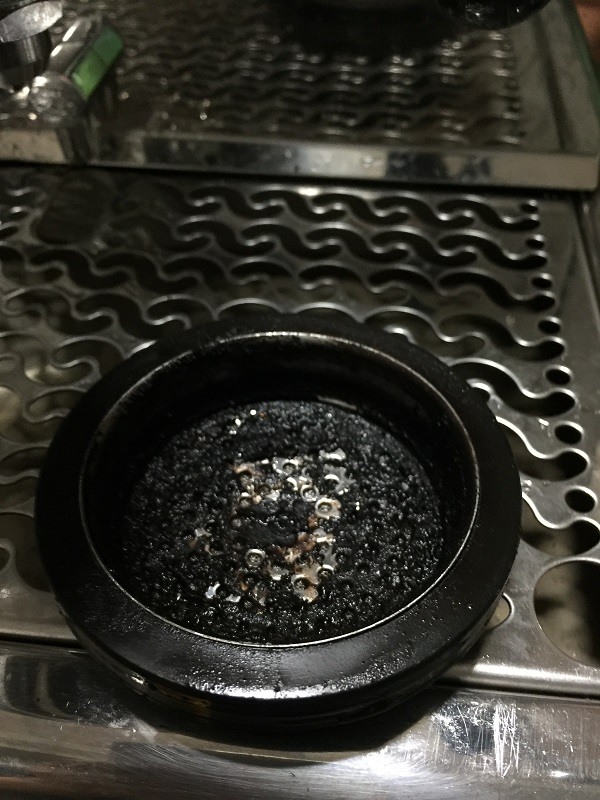
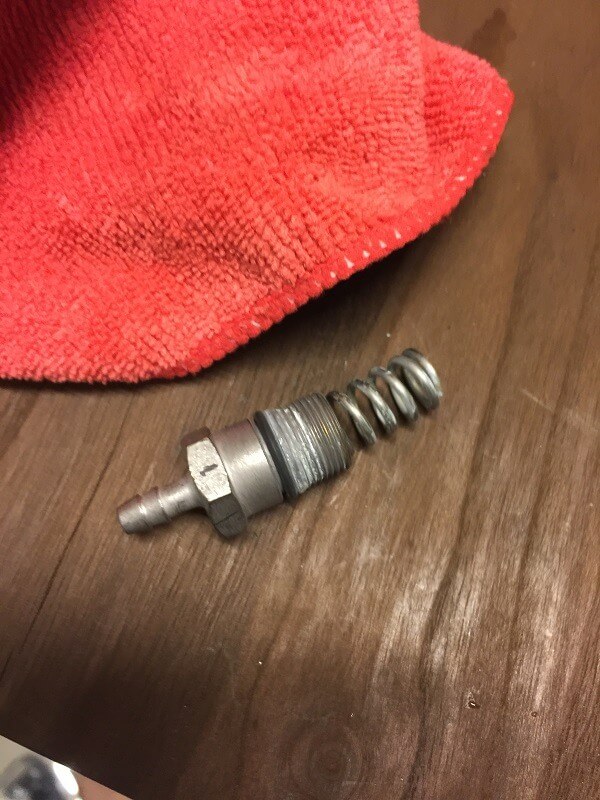
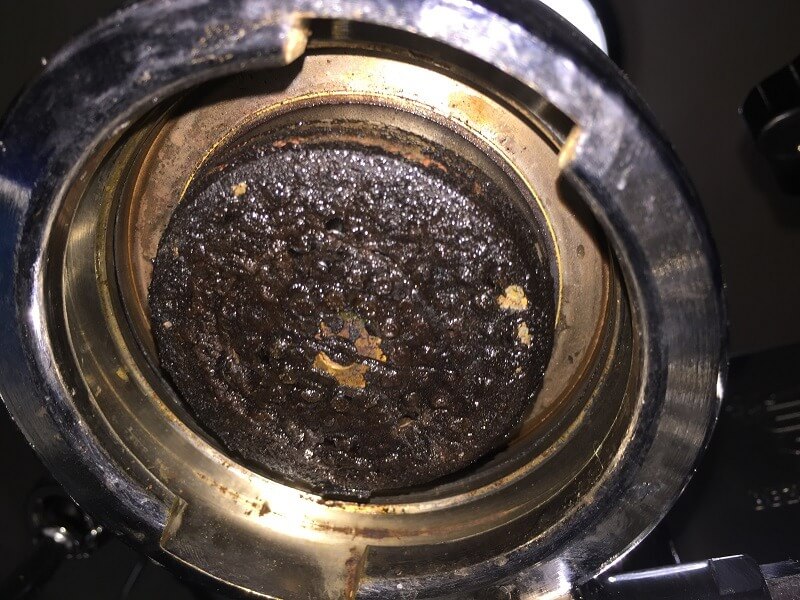
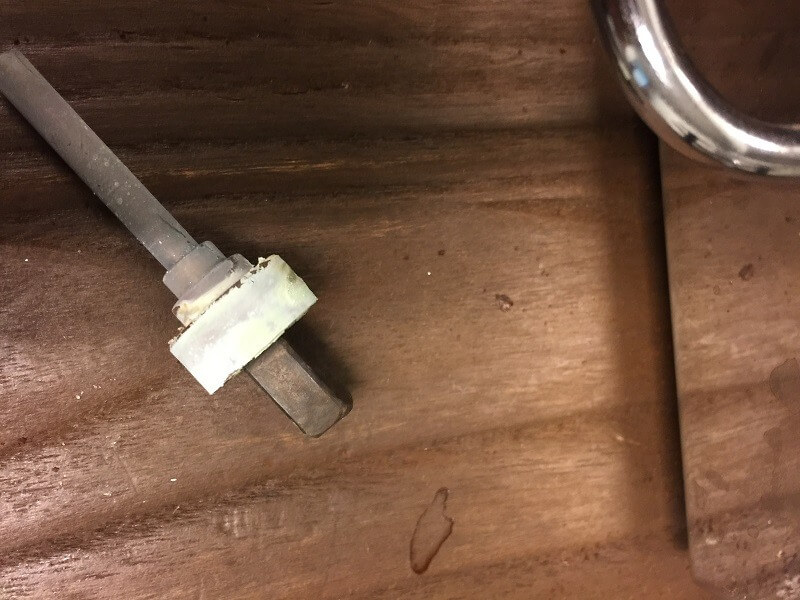
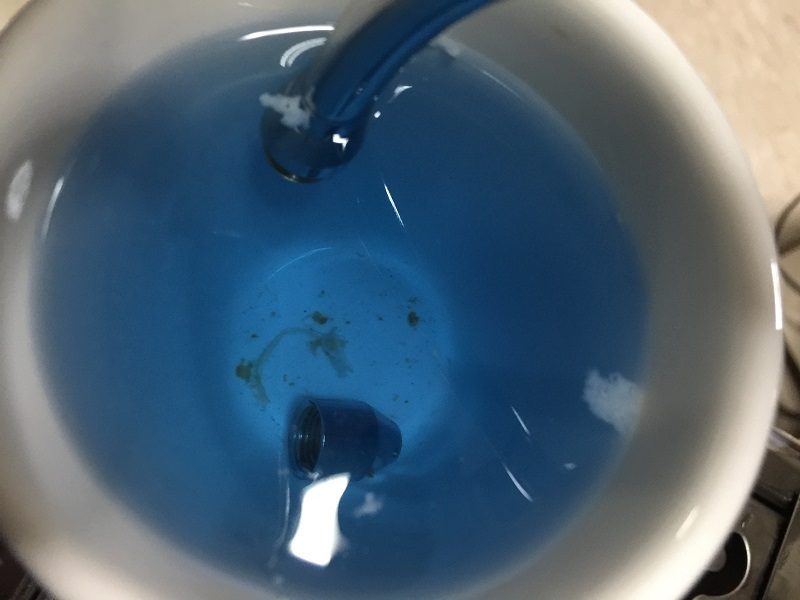
Please do not misunderstand that all professional or semi-professional machines are hard to be taken care of.
The issues above could be avoided if the user softens the water, perform grouphead flushing if necessary and purge the wands.
What models are accepted?
We only provide maintenance to models sold by our company.
Terms and conditions:
1. Warranty – Services are warrantied for 30 days on the serviced parts, excluding issues with sound, transportation, vibrations and aesthetics of the machine. Hardware installations or upgrades performed knowingly or otherwise by the user or a third party, adjustment of settings and hardware tampering will void the warranty. Recurrence of issues due to wear and tear, formation of scales due to improper water softening, or abuse of machine will be treated as a new repair at additional cost.
2. Damages during servicing
2.1 The client agrees that scratches may inevitably be created during the removal and installation of components or may happen during transportation. The Client agrees to indemnify FINE COFFEE COMPANY or its staff against any claims, damages, losses, costs and expenses.
2.2 The client agrees that different variation of machines are available for the same model and the Service Provider will not stock complete spares for all variation or versions of machines or cover specifications sold outside Singapore. Due to homologation, availability of spares, technical conditions & other limitations. Fine Coffee Company will not be able to provide any service, maintenance, modifications, repairs, spare parts or technical support for espresso machines and coffee grinders purchased from overseas or not from the local distribution source of Fine Coffee Company.
2.3 In the event the espresso machine is allowed for servicing and the machine is not distributed by Fine Coffee Company. The client agrees that additional service charges, as well as freight charges for the importation of spares, will be charged additionally to the client. These charges will be decided by Fine Coffee Company at their discretion. The client also agrees that no warranty will be provided and indemnify Fine Coffee Company or its staff against any claims, damages, losses, costs and expenses. That includes further failures or loss of functions after the maintenance or faults formed during the maintenance due to any related implications. The Client agrees to hold harmless, protect, and defend FINE COFFEE COMPANY, its staffs and its subcontractors from any claim, suit, and penalty, from the Client’s use of the espresso machine that can result in damages, hurt, death, loss of properties, loss of functions or any monetary losses. Whether based upon a claim or action of contract, warranty, negligence, strict liability, contribution, indemnity, or any other legal theory or cause of action, even if advised of the possibility of such damages
3. Privacy And Ownership – You must own or have permission to drop off the machines for repair. We will return the machines only to an individual with a signed copy of the original agreement.
4. Permissions – You grant FINE COFFEE COMPANY and its service representatives access and permission to open, view, modify, repair, replace components in the machine. You grant Fine Coffee Company and its service representatives, permission to install any hardware which Fine Coffee Company deems necessary to perform a repair.
5. Other Obligations – Fine Coffee Company is not responsible for tutoring customers nor for providing technical support by any means. FINE COFFEE COMPANY is not liable for existing damages to current components.
6. Unforeseen Events – You understand that there may be unintended consequences of any upgrades or modifications to your machine’s hardware and software. These can lead to incompatibilities or the possible loss of function. Hardware is interdependent and incompatibilities may not become immediately apparent. FINE COFFEE COMPANY is not liable for any loss financial or otherwise caused by acts of god, fire, natural disaster or theft, accidental damage, electrical disruption etc.
7. Delivery – Delivery will be sent to location’s main door only, Fine Coffee Company’s representing couriers do not deliver to rooms or locations within indoor. The couriers also do not provide training or installation services otherwise ordered and arranged before commencement of delivery.
8. Consent- FINE COFFEE COMPANY will not perform service without your consent and payment. If we discover additional issues with your machine, then you will be notified with an estimate. If you agree, then work will be done and the balance may be paid upon pickup or in advance. Hardware components will require payment in full prior to ordering or installing. You hereby agree to pay for any and all expenses, parts and labour which you have consented to by phone, by email, in person or by other means including a third party who can authorize repairs for you. You hereby authorize FINE COFFEE COMPANY to perform work on the designated machine. It is your responsibility to verify all work before taking receipt of your computer.
IN ALL CIRCUMSTANCES, YOU AGREE THAT FINE COFFEE COMPANY, ITS DIRECTORS, OFFICERS, EMPLOYEES, CONSULTANTS, AGENTS, FAMILY MEMBERS OR OTHER REPRESENTATIVES MAXIMUM LIABILITY IS LIMITED TO THE PURCHASE PRICE OF THE PRODUCTS SOLD AND/OR SERVICES RENDERED. FINE COFFEE COMPANY SHALL NOT BE LIABLE UNDER ANY CIRCUMSTANCE FOR CLAIMS OF DAMAGES TO THE CUSTOMER. FURTHERMORE, FINE COFFEE COMPANY SHALL NOT BE LIABLE FOR LOSS, OR EXPENSE OF ANY KIND ARISING OUT OF OR RESULTING FROM MALFUNCTION, DELAYS, INTERRUPTION OF SERVICE, LOSS OF BUSINESS OR INCOME, LOSS OF GOODWILL, WORK STOPPAGE, LOSS OF DATA, AND/OR SUBSEQUENT DAMAGE TO ANY HARDWARE DUE TO HARDWARE FAILURE, OR SOFTWARE FAILURE. FINE COFFEE COMPANY IS NOT RESPONSIBLE FOR ANY OF THE FOREGOING OBLIGATIONS, AND CUSTOMER SHALL HAVE NO RIGHT OF RECOURSE AGAINST FINE COFFEE COMPANY FOR ANY SUCH OBLIGATIONS. IN NO EVENT, SHALL FINE COFFEE COMPANY OR ANY OF ITS DIRECTORS, OFFICERS, EMPLOYEES, CONSULTANTS, AGENTS, FAMILY MEMBERS OR OTHER REPRESENTATIVES BE LIABLE TO YOU FOR ANY INDIRECT, SPECIAL, INCIDENTAL, CONSEQUENTIAL, OR PUNITIVE DAMAGES REGARDLESS OF WHETHER FINE COFFEE COMPANY OR ANY OF ITS DIRECTORS, OFFICERS, EMPLOYEES, CONSULTANTS, AGENTS, FAMILY MEMBERS OR OTHER REPRESENTATIVES HAVE BEEN ADVISED OF THE POSSIBILITY OF SUCH DAMAGES.
